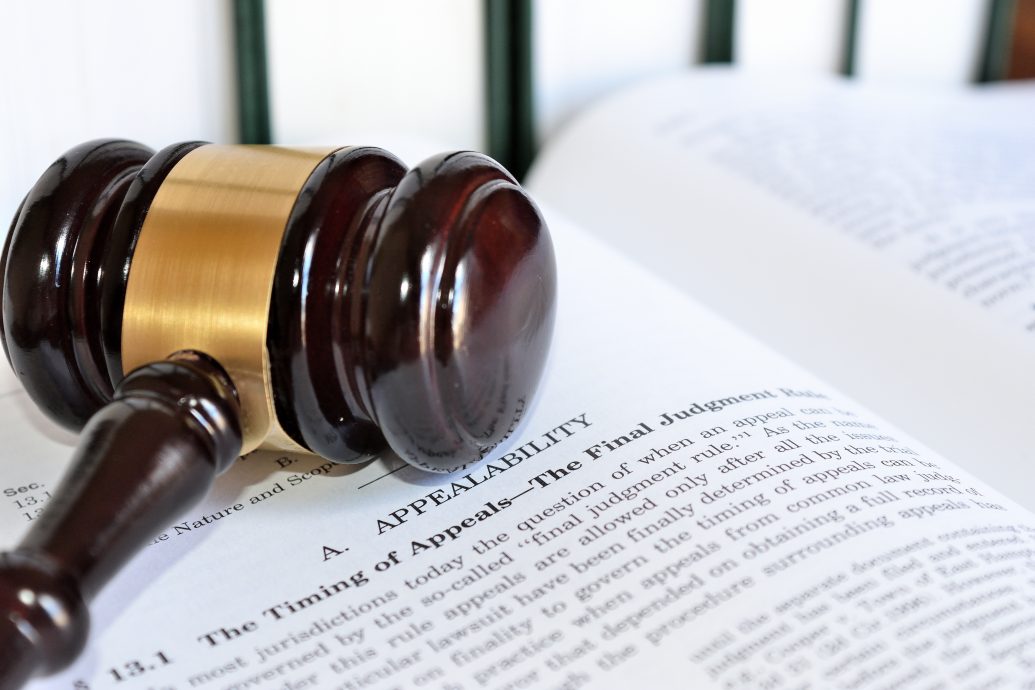The Dance of Judges and Publics
For the most part judges serve as a critical link in the ordinary flow of administration. Whether criminal law or civil, the main task of judges (and lawyers, as officers of the courts) is the routine administration of law. Judges serve, in the main, as pivotal, if largely unexceptional, players in what remains a massive regulatory system. For the most part judges facilitate and oversee application of legislative and executive will in the many specific cases of day-to-day life. Even more significant are the cases never made; the way the legal system molds and sustains compliance with the law, so much that often we are not even aware of how much we’ve internalized its requirements.
It’s useful when discussing the judiciary’s countermajoritarian function to revisit the ordinary function of judges. So often the mind skips over the mundane and emphasizes the exceptional. Depending on whose ox is getting gored, judges are often either romanticized as countermajoritarian heroes or condemned as antidemocratic villains. As Alexander Hamilton observed in The Federalist No. 78, “it is easy to see that it would require an uncommon portion of fortitude in the judges to do their duty as faithful guardians of the Constitution where legislative invasions of it had been instigated by the major voice of the community.”
Indeed, I’d suggest that puzzle is why we see as much countermajoritarian judicial activity as we do. Consider after all that judges are not created out of thin air, they become judges typically through very political processes. Usually they’re appointed by other government officials (or sometimes by voters at the state level); the appointment process is not one calculated to reward political courage. Instead, the process rewards those with connections. Judges usually are nested deeply in elite communities of one sort or another. This is, I think, key to understanding much of the ostensibly countermajoritarian behavior judges are willing to engage in.
While the public sees countermajoritarian judicial actions when a decision is made, the groundwork for the decision has almost always been laid years, if not decades, before the development of an elite consensus on a matter. While decisions might be controversial in on Main Street, judges are rarely products of Main Street. Judges rarely hang out with ordinary people, and often haven’t hung out with ordinary people for decades. Decisions that might be controversial on Main Street typically reflect settled opinion among wide swaths of powerful, protected, and protective elites.
The more difficult task for a judge isn’t to buck popular opinion when he or she thinks it’s commending something contrary to the Constitution. Even tougher is bucking elite opinion, particularly when those elites are one’s friends, peers and colleagues. These are the circles in which most judges circulate most of the time. Bucking this opinion is what takes “an uncommon portion of fortitude” for most judges.
This is not to say that judges can simply ignore public opinion. Mr. Dooley’s maxim that “the Supreme Court follows the election returns” isn’t entirely wrong. Yet we often think of public support for the Court in institutional isolation. The question, though, isn’t whether one trusts the courts in the abstract, the question is whether one trusts courts more or less than legislatures and executive officials.
Judges are not always the winner in these comparisons. The Fourteenth Amendment’s enforcement clause, for example, expressly looks to Congress to enforce its provisions rather than the courts. (Judges were expected to enforce it as well, nonetheless courts were not the most trusted institution at the time.) Nonetheless judges often get the benefit of the doubt from the public. This is not because the public approves of countermajoritarian decisions, but rather because the public sees judges in the main, and on average, as protectors of their interests, or at least as less threatening to those interests relative to legislatures and executives. In essence, there is a majoritarian basis for judicial countermajoritarianism.
This is a comparative judgment, however, not an absolute one. If judges get too far out of line with popular opinion, then public opinion can flip and look for greater solicitation for their interests from one of the other branches of government. This doesn’t happen often, but the sheer possibility means that judicial activity is in some ways cabined by popular opinion. That said, public opinion can in turn be cabined by elite opinion. Given the U.S. separation-of-powers system, control of one institution with veto power can create space for judges to act without great fear of majoritarian backlash. The separation-of-powers system creates an intricate dance between the public and the courts, empowering or undercutting different publics and institutions, depending on actions taken, and the need to take action in response, or merely to prevent reaction.
